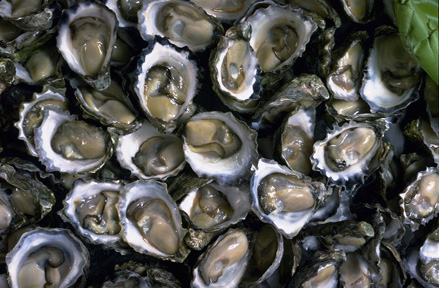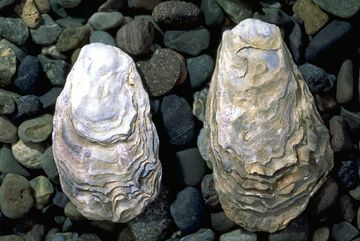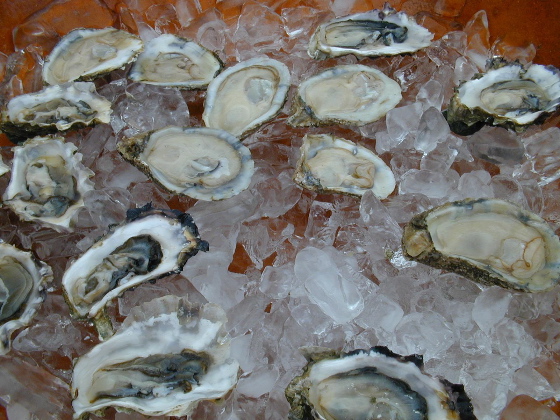
It’s easy to make oyster stew. Here’s how you do it. Get a lot of oysters,
medium sized, the sweetest and freshest you can find (hard on the West
Coast, where they’re most often big and bland). It’s o. k. to get them
in jars, fresh and raw, because you want them out of the shell anyway.
Put some whole milk in a saucepan and start to heat it and when it’s just
barely tepid put the clean oysters, minus their juices, into the pan.
You don’t want the milk to cover the oysters — you need to be able to
observe them.
When the milk starts to steam just the slightest, slightest bit, sprinkle in
celery salt, a fair amount, a dose of regular salt, ground pepper,
paprika and three drops (in the name of God no more!) of Tabasco. Don’t
mix all this stuff in, just sprinkle it on top, well distributed. Then
quickly put in two chunks of unsweetened butter and just when the
butter has all melted, pour the whole thing into a big bowl and let the
pouring itself do the mixing.
Eat it with a light, dry white wine and have lots of French bread handy for sopping, which is sublime.
If the oysters are rubbery, you didn’t get the seasonings and butter in fast enough.
I pass this along from Mary Francis Kennedy Fisher, slightly modified, because it’s a miracle that something so wonderful is so easy to make.
The secret, of course, is the oysters, complicated and strange, bringing
with them such tales of currents and tides and the mysteries of the not
so deep, that they want only a simple setting to recount them in, and a
hungry heart willing to listen.


